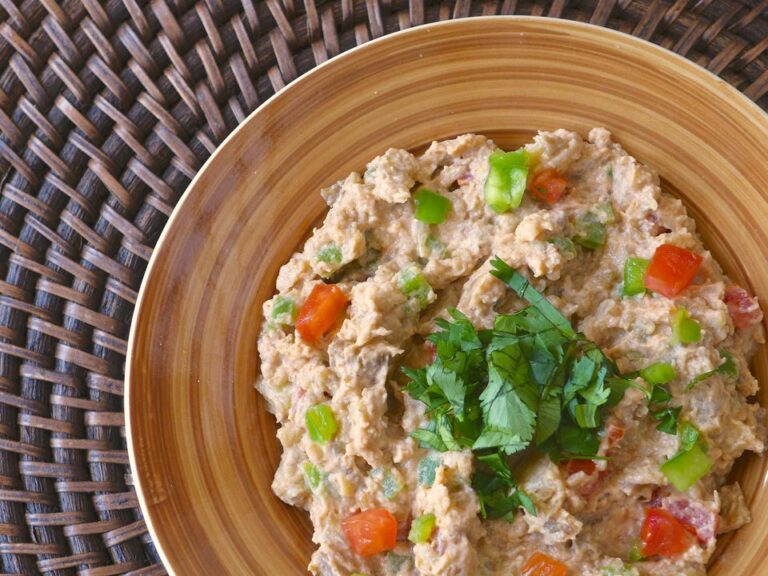Introduction: Exploring South Sudanese Cuisine
South Sudanese cuisine is a unique blend of flavors, spices, and textures, influenced by the country’s diverse ethnic groups and geographical regions. The cuisine is rich in flavor, with a focus on fresh ingredients and hearty, filling dishes. The food is often served family-style, with communal dishes shared at the center of the table.
The Role of Spices in South Sudanese Food
Spices play a crucial role in South Sudanese cuisine, adding depth and complexity to the dishes. However, the spiciness of the food varies depending on the region and the individual dish. Some dishes are spicy, while others are mild or even sweet. The use of spices is also influenced by the availability of ingredients in different regions of the country.
Common Ingredients in South Sudanese Dishes
South Sudanese cuisine incorporates a wide range of ingredients, including grains, vegetables, meats, and spices. Sorghum, millet, and maize are staple grains, while beans, cassava, sweet potatoes, and yams are common vegetables. Meat is usually cooked over an open flame or stewed with spices, and fish is also a popular protein. Common spices include onions, garlic, ginger, cumin, coriander, cardamom, and chili peppers.
Surveying the Spiciness of South Sudanese Food
The spiciness of South Sudanese food varies depending on the region and the individual dish. In general, the cuisine is not as spicy as some other African cuisines, such as Ethiopian or Nigerian. However, some dishes, such as the popular peanut stew, can be quite spicy. The level of spiciness is also influenced by personal preference, with some people preferring mild dishes and others enjoying the heat.
Regional Variations in Spice Levels
The spiciness of South Sudanese cuisine varies depending on the region of the country. For example, the food in the Equatoria region is known for its use of fresh herbs and mild spices, while the food in the Bahr el Ghazal region tends to be spicier, with a focus on chili peppers and other hot spices. The cuisine in the Upper Nile region is influenced by the neighboring countries of Ethiopia and Sudan, and is known for its use of berbere spice blend and other Ethiopian flavors.
Conclusion: The Diversity of South Sudanese Cuisine
In conclusion, South Sudanese cuisine is a diverse and flavorful cuisine, influenced by the country’s many ethnic groups and regional variations. The use of spices adds depth and complexity to the dishes, but the level of spiciness varies depending on personal preference and regional traditions. Whether you prefer mild or spicy food, there is something for everyone in this vibrant cuisine.

